| Availability: | |
|---|---|
| Quantity: | |
| Product Name | neodymium ball magnets |
| Material | Neodymium Magnet/Permanet Magnet |
| Size | Various kinds or according to customers' request |
| Shape | Disc, Block, Ring, Countersunk, Segment, Trapezoid, Irregular shapes are available, Or Customized Shapes |
| Grade | N35-N52, N35M-N50M, N33H-N48H, N30SH-N35SH and so on |
| Tolerance in size | +/-0.05 mm |
| Direction of magnetisation | Through the thickness or through the diameter |
| Applications | 1. Electronic areas: speakers, headphones, acoustics, sensors and so on. 2. Motor areas: generators, servo motors, micro-motors, vibration motors, elevator motor and so on. 3. Clean Tech Energy: Water flow enhancement, wind turbines. 4. Health care: MRI, medical treatment equipment. 5. Other industries: electric doors and windows, electric vehicle, electric bicycles, computer, phone, boxes, magnetic tools, notebook and so on |
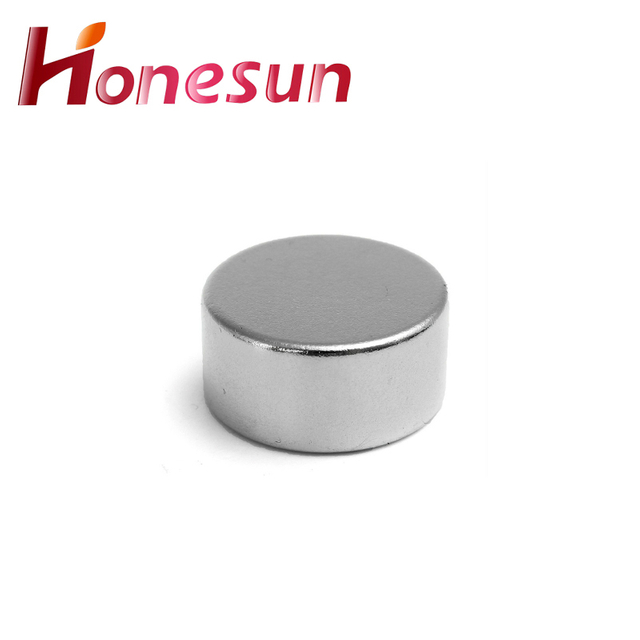
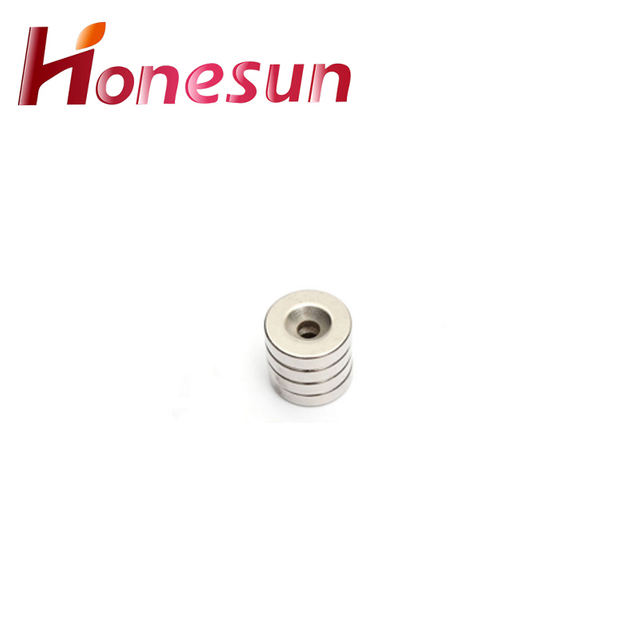
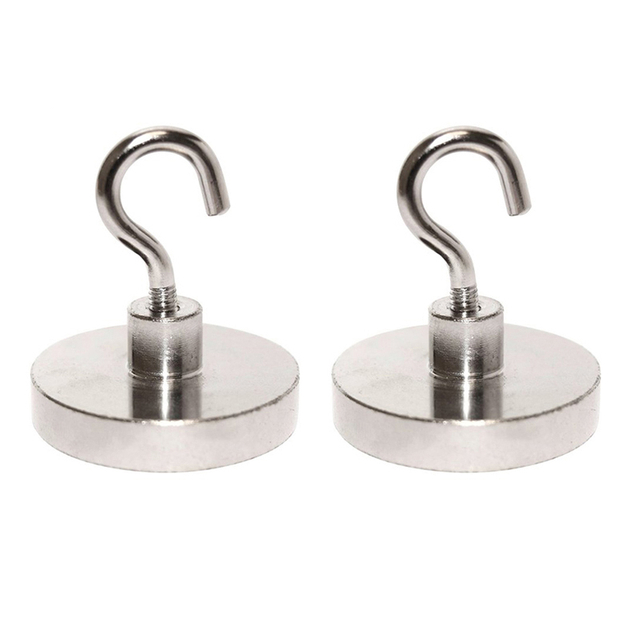
1.How do neodymium ball magnets contribute to renewable energy storage?
Neodymium magnets are used in a variety of renewable energy storage systems, such as flywheels, supercapacitors, and batteries. Flywheels use the magnets to store energy in the form of kinetic energy, while supercapacitors use them to store energy in the form of electrical charge. Batteries use the magnets to store energy in the form of chemical energy. Neodymium magnets are also used in electric motors and generators, which are essential components of renewable energy systems.
2.How do neodymium ball magnets contribute to consumer electronics?
Neodymium magnets are used in a variety of consumer electronics, including headphones, speakers, hard drives, and electric motors. They are used to create strong magnetic fields that can be used to generate sound, store data, and power motors. Neodymium magnets are also used in the production of rechargeable batteries, as they can help to increase the efficiency of the charging process.
3.What is the weight-to-strength ratio of neodymium ball magnets?
The weight-to-strength ratio of Neodymium Magnets is typically around 1:10, meaning that for every gram of weight, the magnet can hold 10 times its weight in force.
4.Are there any health risks associated with neodymium ball magnets?
We adhere to the principle of quality first and have a complete production quality management system and quality inspection process. Yes, there are some health risks associated with neodymium magnets. If swallowed, they can cause serious injury or even death. They can also pinch skin and cause cuts or bruises if handled improperly. Additionally, they can interfere with pacemakers and other medical devices.
5.Can neodymium ball magnets lose their magnetism over time?
We focus on teamwork and communication to achieve common goals, We attach great importance to this detail. Yes, neodymium magnets can lose their magnetism over time. This is due to a process called demagnetization, which occurs when the magnet is exposed to high temperatures, strong electrical currents, or other magnets.
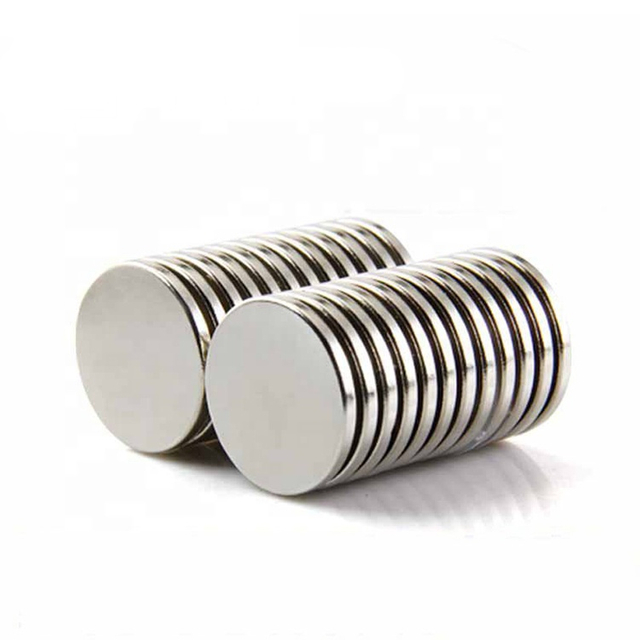
6.Can neodymium ball magnets be used in underwater applications?
Our mission is to provide customers with the best solutions for neodymium ball magnets. Yes, neodymium magnets can be used in underwater applications. However, they must be coated with a protective material such as nickel or epoxy to prevent corrosion.
7.How do you prevent neodymium ball magnets from corroding?
We continuously upgrade our skills and knowledge to adapt to changing neodymium ball magnets market needs. Neodymium magnets can be protected from corrosion by coating them with a thin layer of oil, wax, or lacquer. Additionally, they can be stored in a dry, low-humidity environment.
8.About neodymium ball magnets production skills training
Neodymium magnets are a type of rare earth magnet that is made from an alloy of neodymium, iron, and boron. They are the strongest type of permanent magnet available and are used in a variety of applications, from consumer electronics to industrial machinery. Neodymium magnets production skills training is designed to teach participants the basics of producing neodymium magnets. The training covers topics such as the properties of neodymium magnets, the manufacturing process, and safety considerations. Participants will also learn about the different types of neodymium magnets and their uses. The training is designed to give participants the knowledge and skills needed to produce neodymium magnets in a safe and efficient manner.
9.What advancements are being made in the recycling of neodymium ball magnets?
Recent advancements in the recycling of neodymium magnets include the development of new technologies that allow for the separation of neodymium from other metals in the magnet, such as iron and cobalt. This allows for the recovery of the neodymium for reuse in new magnets. Additionally, new methods of recycling neodymium magnets have been developed that involve crushing the magnets into a powder and then separating the neodymium from the other metals. This powder can then be used to create new magnets.
10.About neodymium ball magnets inventory
Neodymium magnets are a type of rare earth magnet made from an alloy of neodymium, iron, and boron. They are the strongest type of permanent magnet available and are used in a wide variety of applications, from industrial to consumer products. Neodymium magnets are available in a variety of shapes and sizes, and can be purchased in bulk or as individual pieces.
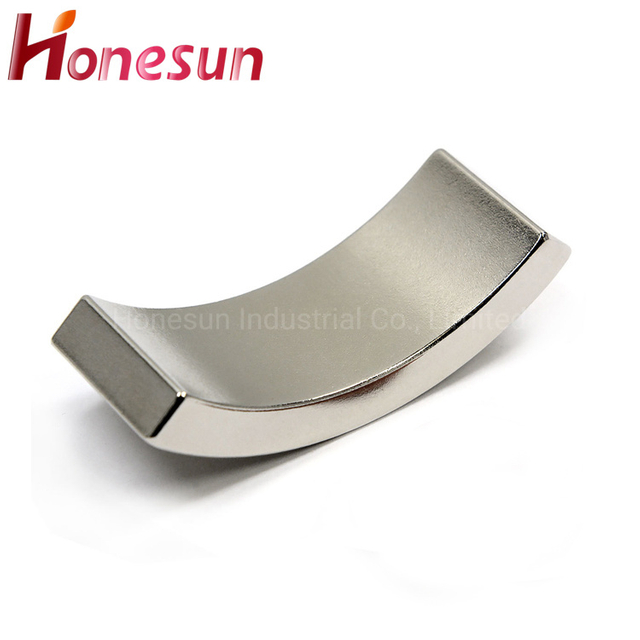
11.Can neodymium ball magnets be used for magnetic therapy?
No, neodymium magnets are not recommended for use in magnetic therapy. Neodymium magnets are very powerful and can cause tissue damage if used incorrectly. It is best to consult a qualified healthcare professional before using any type of magnetic therapy.
12.How are neodymium ball magnets made?
Our products & services cover a wide range of areas and meet the needs of different fields. Neodymium magnets are made by a process called powder metallurgy. This process involves mixing neodymium, iron, and boron powder together and then compressing the mixture into a mold. The mold is then heated to a very high temperature, which causes the particles to bond together and form a solid magnet.
13.How do you recycle neodymium ball magnets?
We focus on our customers' needs and strive to meet their expectations, so we take this very seriously. Neodymium magnets are not typically recycled, as they are made from rare earth metals and are difficult to separate and process. It is best to reuse them or donate them to a local school or organization that can use them.
| Product Name | neodymium ball magnets |
| Material | Neodymium Magnet/Permanet Magnet |
| Size | Various kinds or according to customers' request |
| Shape | Disc, Block, Ring, Countersunk, Segment, Trapezoid, Irregular shapes are available, Or Customized Shapes |
| Grade | N35-N52, N35M-N50M, N33H-N48H, N30SH-N35SH and so on |
| Tolerance in size | +/-0.05 mm |
| Direction of magnetisation | Through the thickness or through the diameter |
| Applications | 1. Electronic areas: speakers, headphones, acoustics, sensors and so on. 2. Motor areas: generators, servo motors, micro-motors, vibration motors, elevator motor and so on. 3. Clean Tech Energy: Water flow enhancement, wind turbines. 4. Health care: MRI, medical treatment equipment. 5. Other industries: electric doors and windows, electric vehicle, electric bicycles, computer, phone, boxes, magnetic tools, notebook and so on |



1.How do neodymium ball magnets contribute to renewable energy storage?
Neodymium magnets are used in a variety of renewable energy storage systems, such as flywheels, supercapacitors, and batteries. Flywheels use the magnets to store energy in the form of kinetic energy, while supercapacitors use them to store energy in the form of electrical charge. Batteries use the magnets to store energy in the form of chemical energy. Neodymium magnets are also used in electric motors and generators, which are essential components of renewable energy systems.
2.How do neodymium ball magnets contribute to consumer electronics?
Neodymium magnets are used in a variety of consumer electronics, including headphones, speakers, hard drives, and electric motors. They are used to create strong magnetic fields that can be used to generate sound, store data, and power motors. Neodymium magnets are also used in the production of rechargeable batteries, as they can help to increase the efficiency of the charging process.
3.What is the weight-to-strength ratio of neodymium ball magnets?
The weight-to-strength ratio of Neodymium Magnets is typically around 1:10, meaning that for every gram of weight, the magnet can hold 10 times its weight in force.
4.Are there any health risks associated with neodymium ball magnets?
We adhere to the principle of quality first and have a complete production quality management system and quality inspection process. Yes, there are some health risks associated with neodymium magnets. If swallowed, they can cause serious injury or even death. They can also pinch skin and cause cuts or bruises if handled improperly. Additionally, they can interfere with pacemakers and other medical devices.
5.Can neodymium ball magnets lose their magnetism over time?
We focus on teamwork and communication to achieve common goals, We attach great importance to this detail. Yes, neodymium magnets can lose their magnetism over time. This is due to a process called demagnetization, which occurs when the magnet is exposed to high temperatures, strong electrical currents, or other magnets.

6.Can neodymium ball magnets be used in underwater applications?
Our mission is to provide customers with the best solutions for neodymium ball magnets. Yes, neodymium magnets can be used in underwater applications. However, they must be coated with a protective material such as nickel or epoxy to prevent corrosion.
7.How do you prevent neodymium ball magnets from corroding?
We continuously upgrade our skills and knowledge to adapt to changing neodymium ball magnets market needs. Neodymium magnets can be protected from corrosion by coating them with a thin layer of oil, wax, or lacquer. Additionally, they can be stored in a dry, low-humidity environment.
8.About neodymium ball magnets production skills training
Neodymium magnets are a type of rare earth magnet that is made from an alloy of neodymium, iron, and boron. They are the strongest type of permanent magnet available and are used in a variety of applications, from consumer electronics to industrial machinery. Neodymium magnets production skills training is designed to teach participants the basics of producing neodymium magnets. The training covers topics such as the properties of neodymium magnets, the manufacturing process, and safety considerations. Participants will also learn about the different types of neodymium magnets and their uses. The training is designed to give participants the knowledge and skills needed to produce neodymium magnets in a safe and efficient manner.
9.What advancements are being made in the recycling of neodymium ball magnets?
Recent advancements in the recycling of neodymium magnets include the development of new technologies that allow for the separation of neodymium from other metals in the magnet, such as iron and cobalt. This allows for the recovery of the neodymium for reuse in new magnets. Additionally, new methods of recycling neodymium magnets have been developed that involve crushing the magnets into a powder and then separating the neodymium from the other metals. This powder can then be used to create new magnets.
10.About neodymium ball magnets inventory
Neodymium magnets are a type of rare earth magnet made from an alloy of neodymium, iron, and boron. They are the strongest type of permanent magnet available and are used in a wide variety of applications, from industrial to consumer products. Neodymium magnets are available in a variety of shapes and sizes, and can be purchased in bulk or as individual pieces.

11.Can neodymium ball magnets be used for magnetic therapy?
No, neodymium magnets are not recommended for use in magnetic therapy. Neodymium magnets are very powerful and can cause tissue damage if used incorrectly. It is best to consult a qualified healthcare professional before using any type of magnetic therapy.
12.How are neodymium ball magnets made?
Our products & services cover a wide range of areas and meet the needs of different fields. Neodymium magnets are made by a process called powder metallurgy. This process involves mixing neodymium, iron, and boron powder together and then compressing the mixture into a mold. The mold is then heated to a very high temperature, which causes the particles to bond together and form a solid magnet.
13.How do you recycle neodymium ball magnets?
We focus on our customers' needs and strive to meet their expectations, so we take this very seriously. Neodymium magnets are not typically recycled, as they are made from rare earth metals and are difficult to separate and process. It is best to reuse them or donate them to a local school or organization that can use them.
Honesun Industrial Co., Ltd. focuses on designing, researching, developing, manufacturing and selling Magnets and Magnetic Assemblies. With more than 15 years' rich experience and considerate services.we have been recognized as a reliable.



